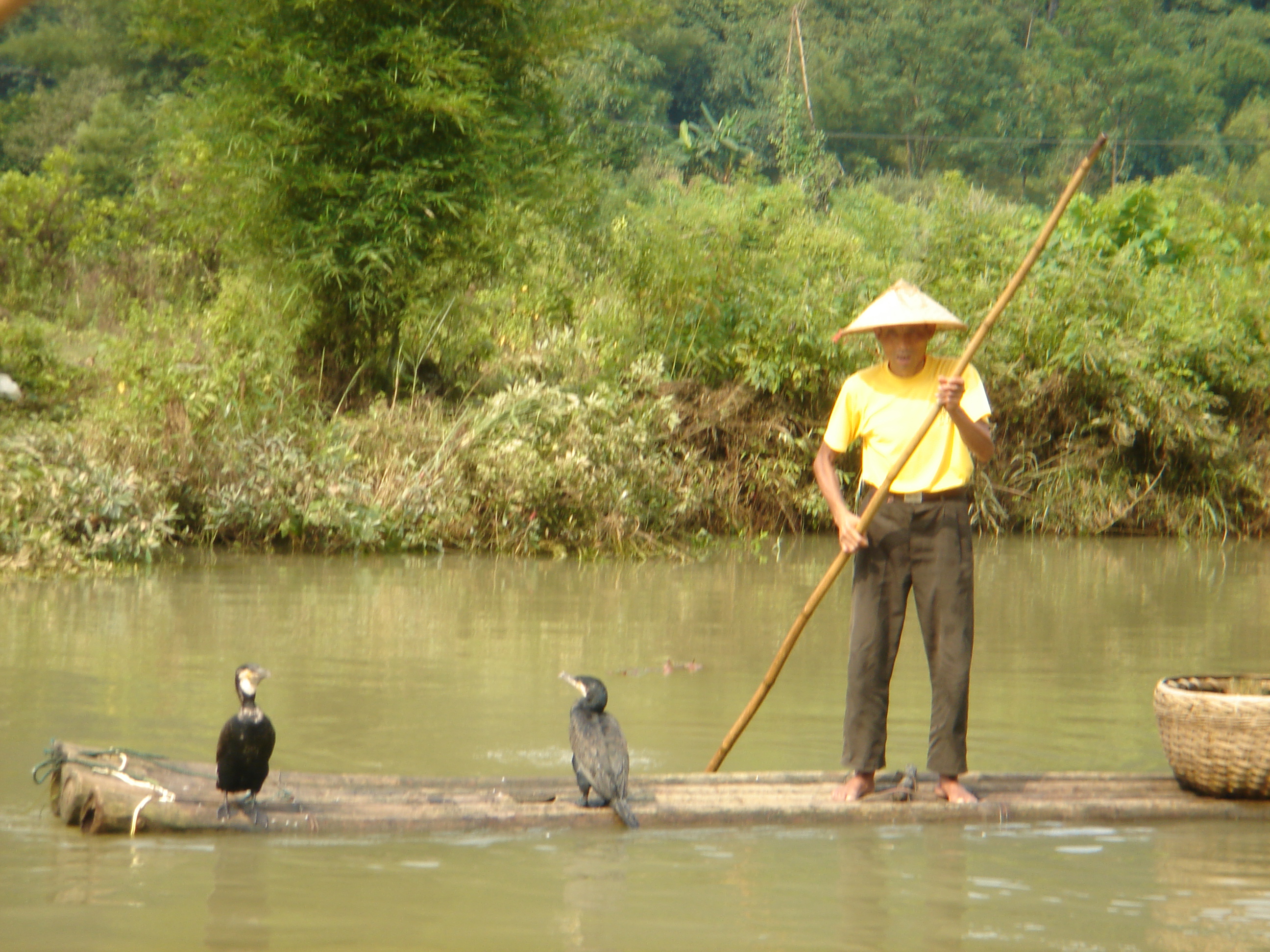 Mondays here at Hoffman Art Design are for the birds! And today, keeping with that theme, we are going to take a look at cormorants. As it happens, there are over 40 species of cormorants worldwide, and about a half dozen in the US, with the most common and widespread being the Double-crested Cormorant. Since that is the one that can be sound in my part of the US, that’s the one we’ll be seeing in today’s pictures!
Mondays here at Hoffman Art Design are for the birds! And today, keeping with that theme, we are going to take a look at cormorants. As it happens, there are over 40 species of cormorants worldwide, and about a half dozen in the US, with the most common and widespread being the Double-crested Cormorant. Since that is the one that can be sound in my part of the US, that’s the one we’ll be seeing in today’s pictures!
Cormorants are somewhat related to the anhinga, whom we met a few weeks ago. Both are strong swimmers and dive for fish, and both tend to perch with their wings spread after prolonged periods in the water. Cormorants are easily distinguished from anhinga, once you know the key features. The most telling is the heavy yellow hooked bill of the cormorant. This bill is quite different from the needle-like bill we saw on the anhinga.
Cormorants swim with their bodies partially submerged, although not completely as with the anhinga. In some areas, due to their webbed feet and aquatic nature, combined with their dark color, they have been incorrectly dubbed “cigar ducks.”

For me, the most striking feature is the eyes. The double-crested has the most brilliant emerald eyes, ringed with an intriguing patterned circular eyelid that, to me, most resembles a reptile. Very unusual for a bird!

The double-crested cormorant is so named for twin tufts of feathers, on the male, noted during the breeding season. I’ve found the crest difficult to spot, it is really only noticeable in the right light and with the right wind!

Cormorants are fishing birds, and so are found almost anywhere along waterways, perched on pilings, rocks and branches. Almost any fisherman has noticed cormorants near piers and jetties, often competing with the angler for the very same catch.  In fact, in parts of Asia, Europe and even South America, fisherman have teamed with cormorants to catch fish. The birds trained to work with fishermen, and are fitted with a loop of string about their neck, which prevents them from swallowing large fish. They are released from boats, catch fish and swim back, and the human angler helps remove the fish from the cormorants gullet. At the end of the fishing day, the still hungry cormorant has his noose removed and is allowed his share of the catch. While this was common in ancient times, modern fishing techniques have rendered this quaint approach largely obsolete. Still, you see and read of this with some regularity.
In fact, in parts of Asia, Europe and even South America, fisherman have teamed with cormorants to catch fish. The birds trained to work with fishermen, and are fitted with a loop of string about their neck, which prevents them from swallowing large fish. They are released from boats, catch fish and swim back, and the human angler helps remove the fish from the cormorants gullet. At the end of the fishing day, the still hungry cormorant has his noose removed and is allowed his share of the catch. While this was common in ancient times, modern fishing techniques have rendered this quaint approach largely obsolete. Still, you see and read of this with some regularity.

Cormorants are relatively social birds, often found in large groups and often accompanying other birds and even other types of animals, such as this fellow spotted sharing his perch with a painted turtle near a Florida spring.

There you have the cormorant – a skilled angler, friend to man, and a very sociable bird overall.
